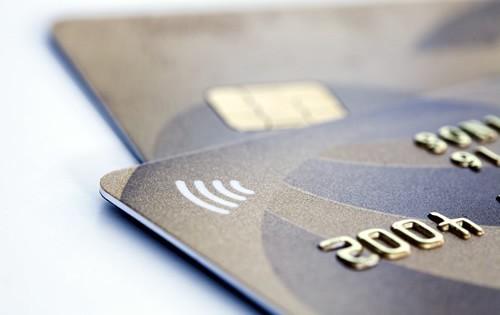Finance Globe
The Major Difference Between Debit and Credit Cards
Two of the most common types of electronic payment methods are credit and debit cards. The two cards look so similar, it’s easy to confuse them. And to make things even more confusing, many debit cards have a Visa or MasterCard logo can be used “as a credit card” at the time you’re purchasing. Knowing the difference between the two is important, especially if you have one of each.
Where the Money Comes From?
A debit card is linked to a checking account and pulls from that account each time you make a purchase. You have to deposit money into your checking account to be able to you’re your debit card. You’re only allowed to spend as much as you have deposited into your account. Some banks let you spend a little over your account balance, but will charge you a fee if you do.
Credit cards, on the other hand, are tied to a credit account which is a type of loan that you can borrow from over and over. When you make credit card purchases, your outstanding balance increases. You’re required to pay back what you’ve borrowed, but not all at once. Most credit cards only require you to make a small payment toward your outstanding balance each month.
Now, when you use your debit card “as credit” the money still comes out of your checking account. It’s just that the transaction is processed over the credit card network. You’ll sign for the transaction instead of entering your PIN.
Credit Cards Have Higher Risk of Debt
When you use your debit card, you’re using money from your own account. Since you’re not accumulating an outstanding balance, there’s a much lower risk of getting into debt. With credit cards, on the other hand, there’s a much larger risk of debt if you spend more than you can afford to pay back. You can use a credit card and avoid debt as you pay your balance in full each month.
Fraud Protection and Unauthorized Use
It’s hard to be completely safe from fraudulent charges with credit cards and with debit cards. If someone uses your account without your permission, you may be on the hook for some of the purchases.
With credit cards, your maximum liability for fraudulent charges is $50. You could be personally liable for that amount if you wait to report a lost or stolen credit card. Fortunately, you have no liability for unauthorized charges made to your account while your credit card is still in your possession.
With debit cards, on the other hand, you could be liable for as much as $500 if you wait to report your lost or stolen card. What’s worse about fraudulent debit card purchases is that your entire checking account is at risk. You may not be able to use your account until your bank investigates the fraud and then reverses the charges.
Credit cards are much safer to use in situations where you fear your account information may be at risk, i.e. the internet.
Which One Should You Use?
You can use a debit card for most purchases where you can use a credit card. And, while you eliminate the risk of going into debt when you use a debit card, sometimes using a credit card is better. For example, it’s typically better to use a credit card to rent a hotel or car because you’ll pay a higher deposit with a debit card.
Better fraud protection is another reason for using a credit card. On top of the federal laws regarding liability for fraudulent charges, most credit card issuers have zero fraud liability policies. When it comes to online purchases, storing your credit card information online, and app subscriptions, credit cards are typically better.
There’s no problem having both types of cards – and most people do. Just use the right card depending on the situation.
By accepting you will be accessing a service provided by a third-party external to https://www.financeglobe.com/



